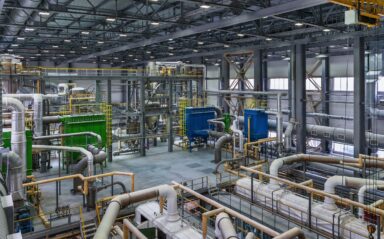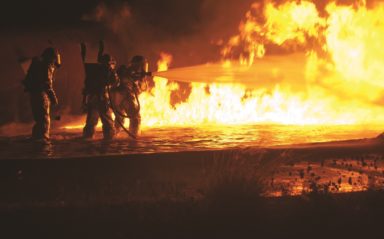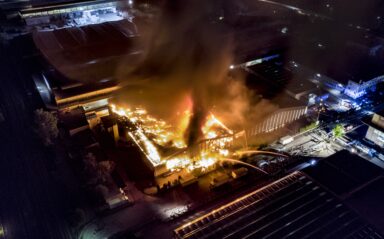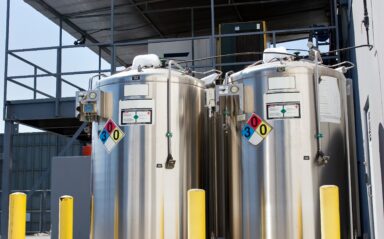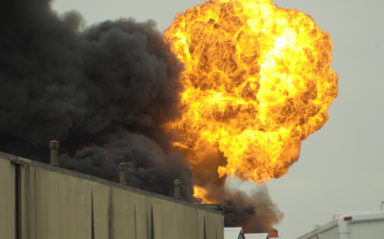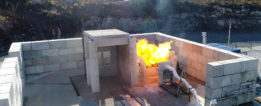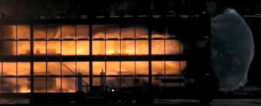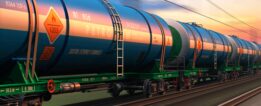A potentially explosive atmosphere exists when a mixture of air, gases, vapours, mists or dust combine in a way that can ignite under certain operating conditions. In this type of atmosphere, special attention should be given to the equipment and protective systems that are being used for operational purposes as they might cause an explosion through friction, hot surfaces and many other methods.
Equipment and protective systems intended for use in areas where potentially explosive atmospheres can exist must be designed from an integrated explosion safety point of view.
In Europe, according to the ATEX Directive 2014/34/EU (also known as the ‘ATEX Product Directive’), equipment manufacturers must ensure the following details:
- Prevent the equipment and protective systems from generating explosive atmospheres or causing explosions
- Prevent the equipment and protective system from becoming an effective ignition source
- If an explosion should occur, the equipment and protective system should be designed and used such that it is able to halt immediately and/or limit the consequence of the explosion overpressures to a sufficient level of safety
Gexcon’s experienced experts have assisted many mechanical equipment manufacturers in determining which testing is the most suitable for their equipment, performing the chosen testing, as well as providing practical suggestions for necessary improvements if the result of the test shows that the products do not meet the conditions required by ATEX Product Directive.
We have tested various types of mechanical equipment and protective systems for use in potentially explosive atmospheres, such as pumps, valves, cutting tools, surface treatment equipment, explosion venting panels, flameless venting systems, explosion suppression systems, explosion isolation systems, flame arresters, and many more.

